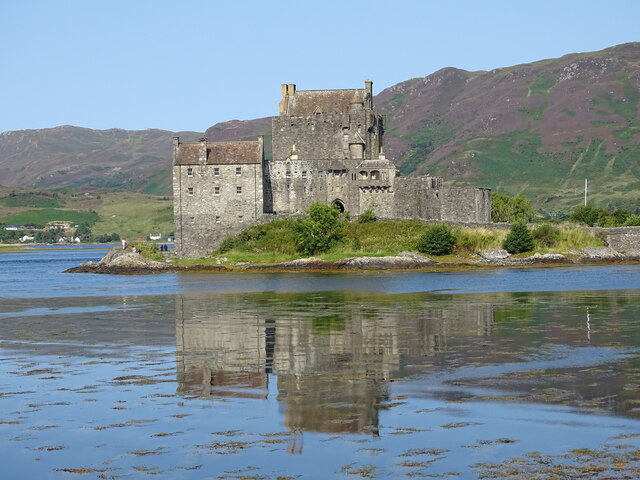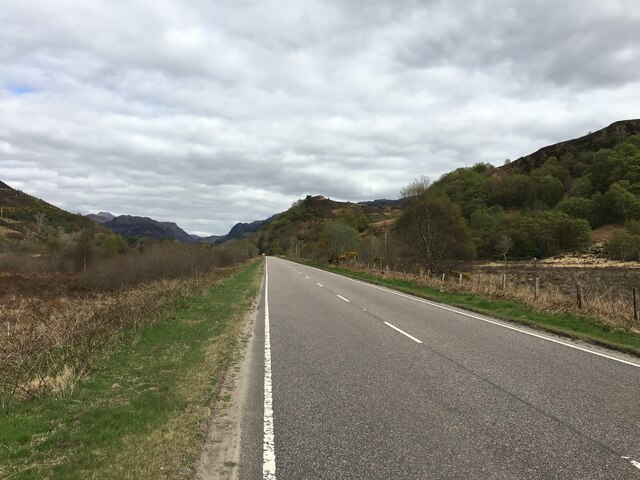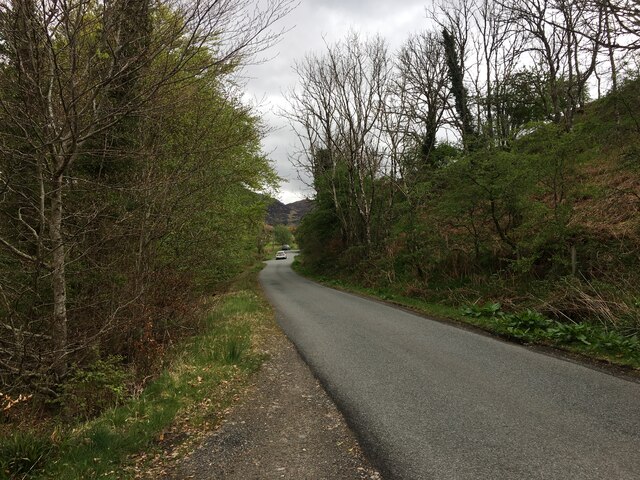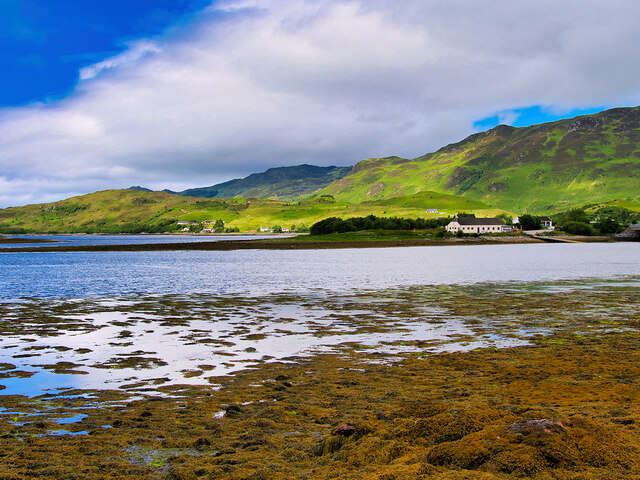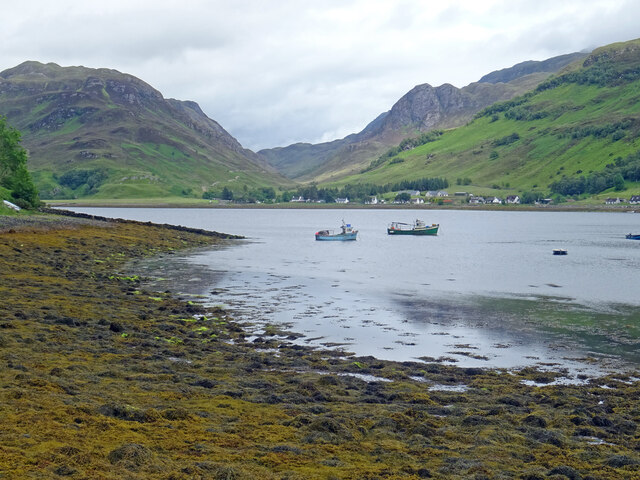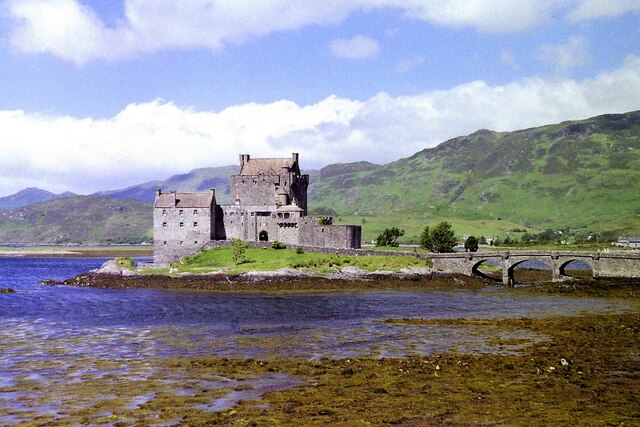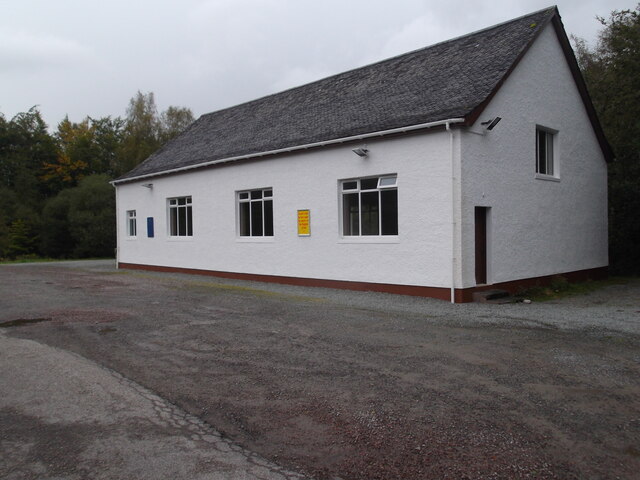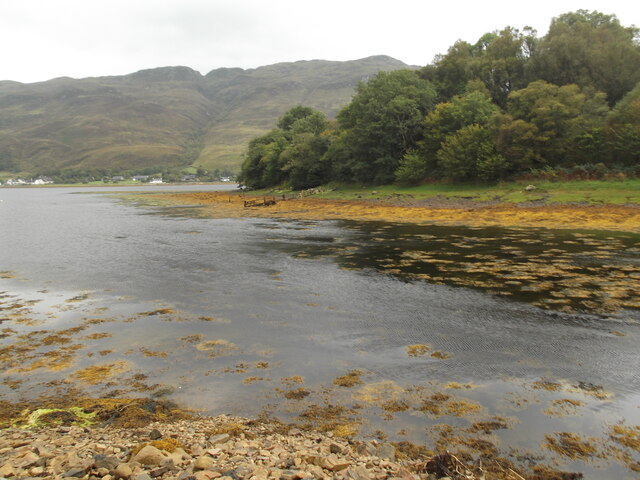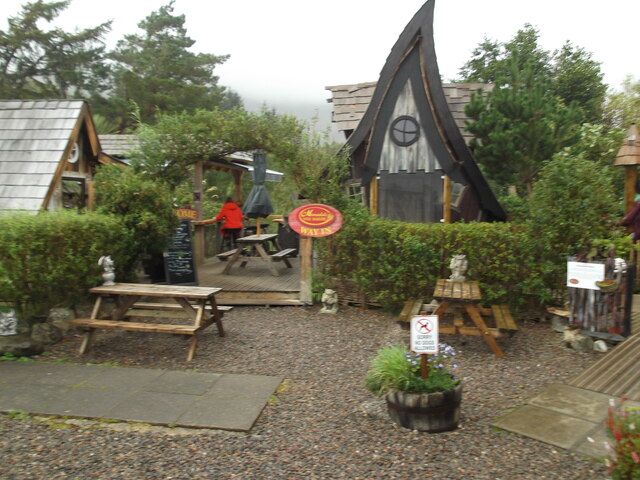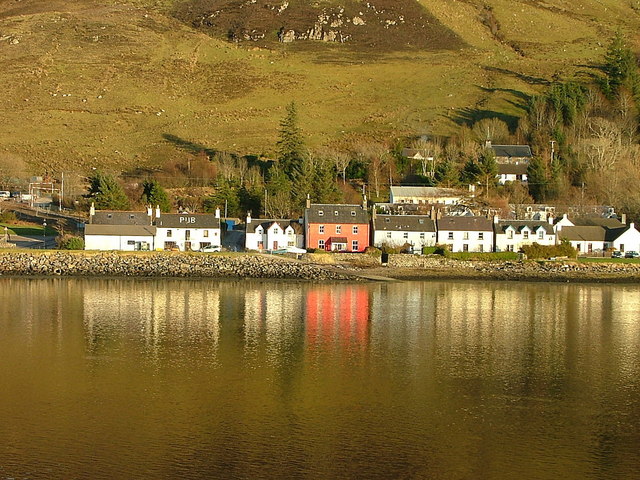Ardelve
Settlement in Ross-shire
Scotland
Ardelve
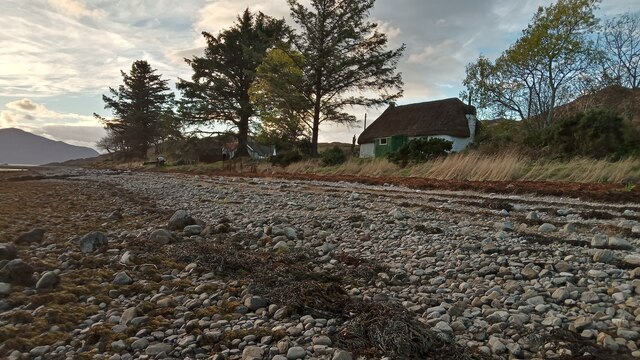
Ardelve is a small village located in the scenic region of Ross-shire, in the Scottish Highlands. Situated on the banks of the picturesque Loch Alsh, Ardelve offers stunning views of the surrounding mountains and is a popular destination for nature lovers and outdoor enthusiasts.
The village is conveniently located just a few miles from the larger town of Kyle of Lochalsh, which provides essential amenities such as shops, restaurants, and transportation links. Ardelve itself is a tranquil and close-knit community, with a population of around 200 residents.
Ardelve is known for its rich history, with several notable landmarks and attractions in the area. One such attraction is the iconic Eilean Donan Castle, which sits on a small island where three sea lochs meet. This 13th-century castle is one of Scotland's most photographed and visited castles, offering visitors a glimpse into the region's past.
Outdoor activities are abundant in Ardelve, with opportunities for hiking, fishing, and wildlife spotting. The nearby Glen Shiel offers stunning hiking trails, including the challenging Five Sisters of Kintail ridge walk. Loch Alsh itself is famous for its salmon and trout fishing, attracting anglers from far and wide.
Overall, Ardelve is a charming village that offers a peaceful retreat amidst the breathtaking beauty of the Scottish Highlands. Its prime location, rich history, and abundance of outdoor activities make it a popular destination for visitors looking to immerse themselves in the natural wonders of Scotland.
If you have any feedback on the listing, please let us know in the comments section below.
Ardelve Images
Images are sourced within 2km of 57.284761/-5.532696 or Grid Reference NG8727. Thanks to Geograph Open Source API. All images are credited.

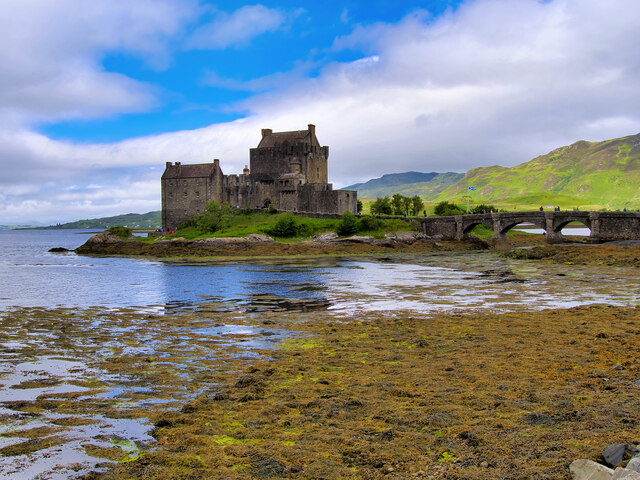
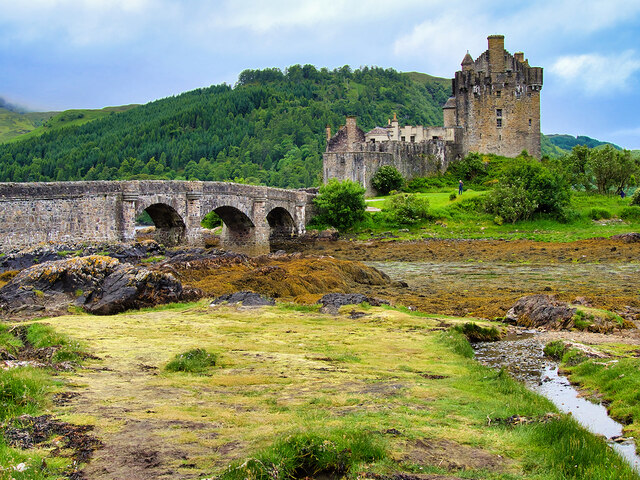
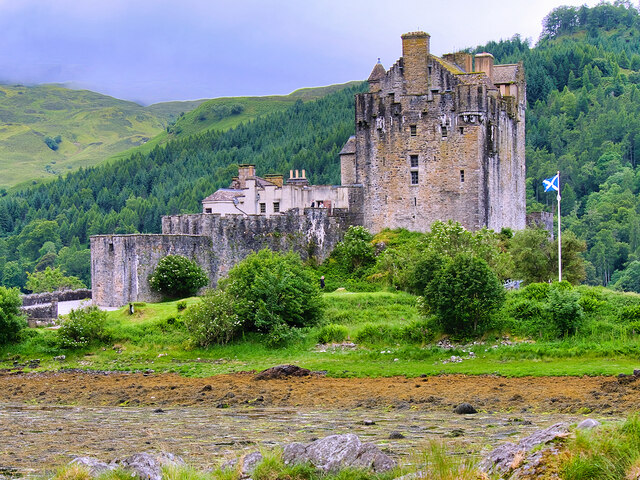
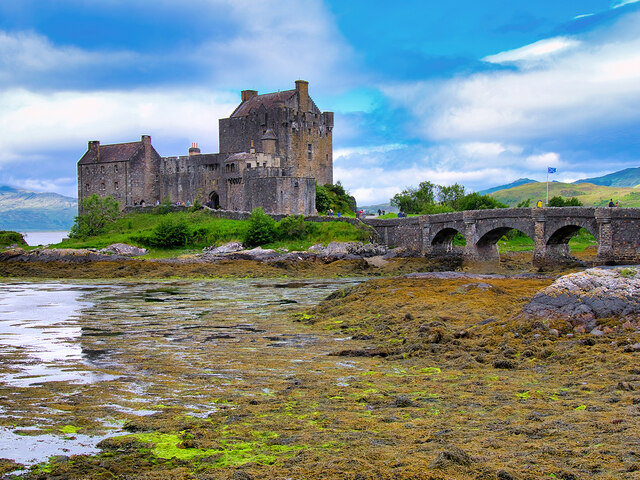
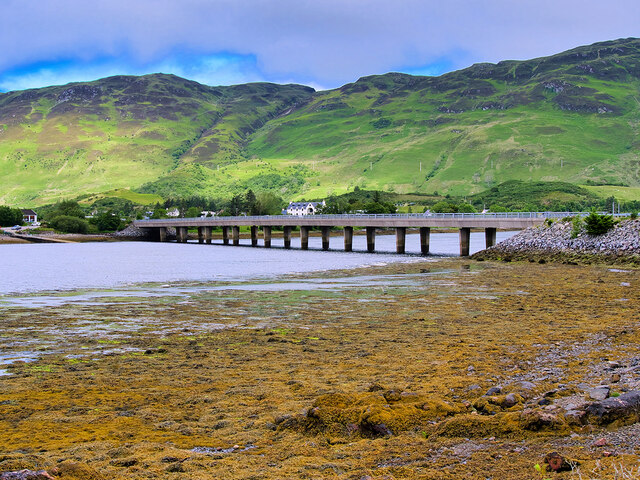
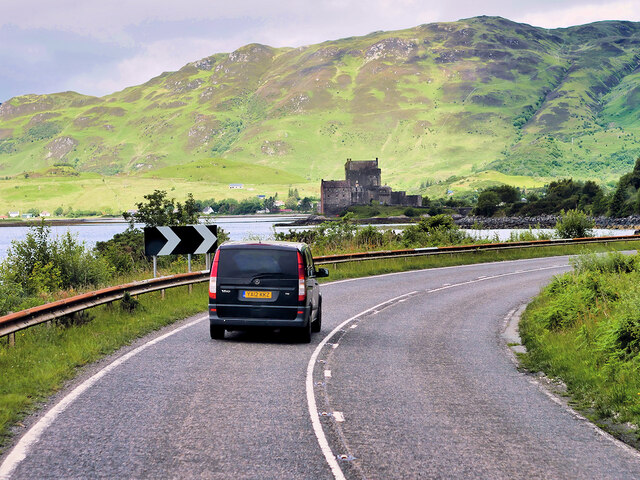
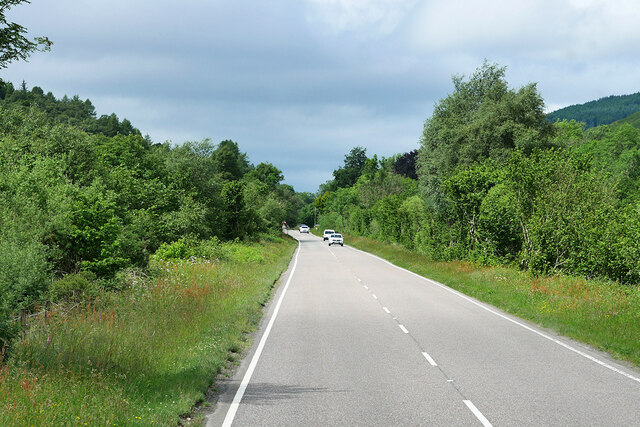
Ardelve is located at Grid Ref: NG8727 (Lat: 57.284761, Lng: -5.532696)
Unitary Authority: Highland
Police Authority: Highlands and Islands
What 3 Words
///rescuer.disco.jetliner. Near Glenelg, Highland
Nearby Locations
Related Wikis
Nostie
Nostie (Scottish Gaelic: Ceann na Mòna) is a small remote hamlet, lying on Nostie Bay, an inlet at the northeastern end of the sea loch, Loch Alsh in the...
Dornie
Dornie (Scottish Gaelic: An Dòrnaidh) is a small former fishing village in the Lochalsh district in western Ross-shire Highlands of Scotland (2006 census...
Eilean Donan
Eilean Donan (Scottish Gaelic: Eilean Donnain) is a small tidal island situated at the confluence of three sea lochs (Loch Duich, Loch Long and Loch Alsh...
Capture of Eilean Donan Castle
The Capture of Eilean Donan Castle was a land-based naval engagement that took place in 1719 during the British Jacobite rising of that year, and the War...
Nearby Amenities
Located within 500m of 57.284761,-5.532696Have you been to Ardelve?
Leave your review of Ardelve below (or comments, questions and feedback).
